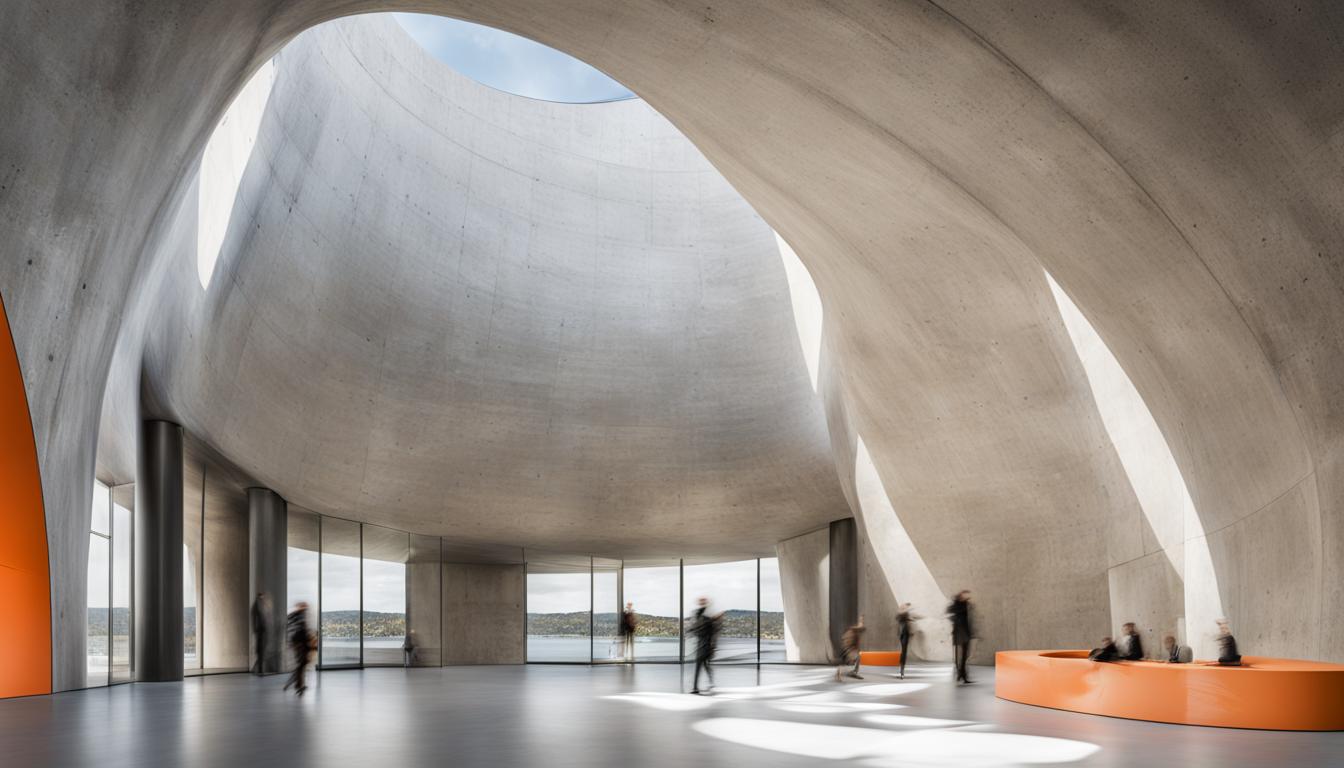Kunstsilo: Transformation of a Grain Silo into an Art Museum in Kristiansand, Norway
In Kristiansand, a city in southern Norway, the old 1930s grain silo has been transformed into the Kunstsilo art museum. The museum, known for its dramatic spatial experience, allows visitors to peer down and up through concrete tubes and traverse a glass-floored terrace suspended over an abyss.
Originally capable of storing 15,000 tonnes of grain, the structure now houses the world’s most important collection of Nordic modern art, including 5,500 pieces spanning paintings, drawings, ceramics, sculptures, and architectural installations from Norway, Sweden, Finland, and Denmark.
The grain silo, preserved due to its historical significance, had been vacant since 2008. In 2010, it was listed and deemed architecturally significant but found no practical use, proving problematic for Kristiansand’s waterfront regeneration. The transformation project was initiated by Nicolai Tangen, a former resident turned wealthy art collector and head of the Norwegian sovereign wealth fund. Tangen's foundation contributed approximately £15.5 million towards the project, which had a total cost of £52 million.
The architectural firm Mestres Wåge Arquitectes, in collaboration with Mendoza Partida and BAX studio, won an international competition to design the project. They decided against converting the silos into exhibition spaces due to impracticalities. Instead, they opened the silos into a central, basilica-like space with galleries arranged on either side.
The museum, featuring a 21-meter high central atrium and a restaurant with an open roof deck offering views of the harbor, has become an attraction in Kristiansand, aiming to draw visitors beyond the local zoo and amusement park.
The project, however, came with structural challenges. The original silos required substantial reinforcement, including a 250mm-thick concrete sleeve around existing structures and additional lattice beams for stability.
Kunstsilo aims to shift Kristiansand’s cultural landscape with its innovative design and ambitious art programs.
